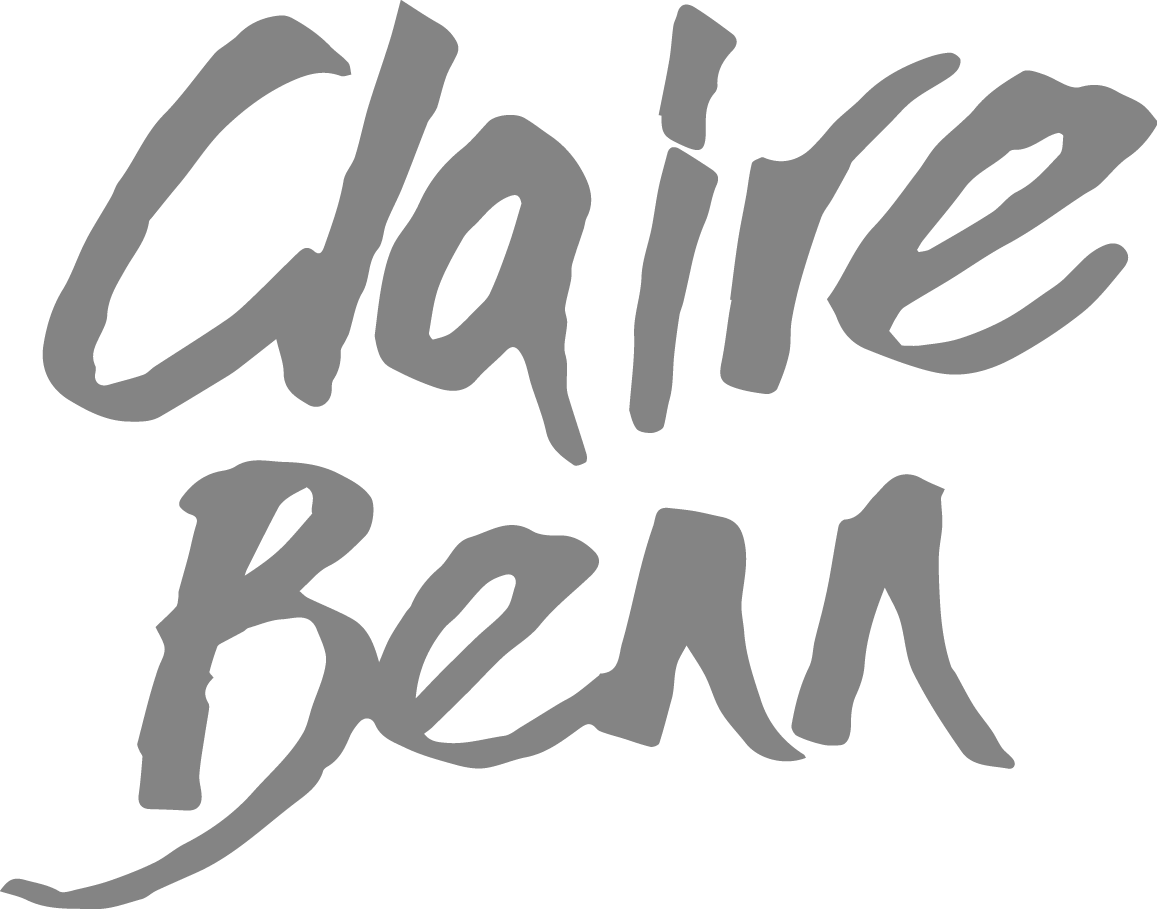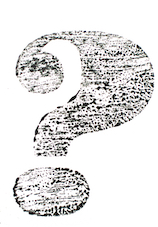What if? The Answers Lie in the Questions
When I began my journey with textiles I started from scratch; didn’t own a sewing machine, hadn’t hand stitched or knitted since school, had no idea about using dyes or undertaking surface design and hadn’t done anything artistic or creative (apart from cooking and gardening) in years. Once I’d learned the basics I decided on a strategy of focused study with thickened and liquid dye paints. I made a rule; take one tool and one tool only and go at it for five to seven days until you’ve run out of ‘What ifs”. That tool could be a credit card; a roller; a silkscreen; a paintbrush; a mono printing plate; a needle-nose bottle. Whatever it was, I could only use it in isolation. It was – and still is – an adventure and whilst the outcomes of ‘not knowing’ weren’t always wonderful, they taught me a great deal about the importance of mastering the tools and the media. As important was the opportunity to recognise and understand what I responded to, what I actually wanted to create.
When I first started using acrylic media I had no idea what I was doing, although using fabric paints had given me a small amount of experience. My foray into acrylics began with wanting to colour stiffened strips of calico/muslin for an idea I had about the ‘edges’ of a piece of cloth. This resulted in the painting of a thousand-plus strips measuring about 3cm (1”) by 1.5m (5’) in as many reds, yellows, oranges and purples as I could muster. The original idea didn’t pan out but boy, were my drop-cloths amazing!
‘Yellow Barn’(detail)
I turned the first dropcloth (covered in lines of yellow paint) into a piece called ‘Yellow Barn’, only needing to machine-stitch it to a backing cloth and add some accents of hand stitch. Three other dropcloths were turned in large’ish pieces through the addition of more paint and machine stitch. I used some of the strips to make a fifth piece referencing the barn doors. I sold four out of the five, not bad for something that transformed from one idea to another.
‘Potter’s Farm - Shadows’ (detail)
For my ‘As if to Nothing’ series, based on the Arctic, acrylics were the natural choice as by that point I knew they’d give me the physical properties I needed to generate ‘crusty’ texture. Acrylics also gave me white, something that dye doesn’t offer. I chose some drop cloths with random colours and marks and pre-dyed them a pale grey as grey - in all its hues - was a dominant colour during my visit to the Arctic. I continued to use strips of calico as resists to prevent the paint getting through and to create irregular lines, moving the strips at each stage to continue building up layers. I developed the pieces further with ink, hand and machine stitch.
‘Arctic Boundary’ (detail)
At a certain point I wanted even more crustiness and decided to try combining acid-free tissue paper with cloth and after my first foray, developed a list of possibilities or ‘what ifs’. What if I..,
stabilised the linen with iron-on interfacing rather than another piece of (more precious) linen.
laid the tissue paper down in segments as well as whole sheets.
cut or tore the tissue paper into pieces, collaged and glued them down with medium.
put loose threads under the tissue paper before stitching it down (randomly, in rows, in one section only).
tried machine stitching it in a random, swirly manner, tried vertical lines, horizontal lines, grids, letterforms.
after ripping the paper to fluff it up, what if I applied acrylic paint through mono-printing, painting, rollering or combined approaches.
hand stitched before.., and after.
‘Fenced In’ (detail)
And of course, as I worked, more “what ifs” got added to the list. I then turned to the ‘Traces of Time’ series.
For this body of work based on the Acoma Pueblo in New Mexico, I turned to earth pigments suspended in acrylic medium. I had to find out how much pigment would give me the colour depth I wanted; how they could be combined with each other to get a wider range of hues; how I could cheat by adding a drop of acrylic paint or ink when I needed a colour or hue that wasn’t available to me through the use of earth pigments alone. And then there were the mediums themselves; a mind-boggling array of choices. I tried them all (with help from the fantastic data sheets provided by Golden) and I tried them with every surface design technique I knew of.
‘Watering Hole’ (detail) 2m x 2m
Eventually I established an approach that would give me what I sought when translating Acoma Pueblo. And one of my biggest discoveries was the glueing ability of acrylic mediums. Through earlier exploration with paper lamination I knew acrylic medium could be used as a glue (and a non-yellowing one at that) but I hadn’t consciously transferred this knowledge. The realisation came when in order to make large works (2m square) I had to switch from working on a plastic-covered table to the floor.
The painted concrete basement floor of Potter’s Farm (which at that stage was still operational as a studio) provided the space I needed. I dragged tables out of the way, vacuumed and commenced work. This involved painting the floor with pigment mixed in acrylic medium and water, laying damp cloth over it whilst the paint was still wet and applying more of the same paint on to the cloth until saturated. Having finished the first piece, I turned off the lights and went home. The next morning I sauntered in, ready to peel the cloth off the floor. It was as dry as a bone when I’d expected it to be still damp.., and firmly stuck. I’d not considered the under-floor heating which operated at a low temperature, even at night. Horror!
I picked away with my fingernails until I got a corner loose but quickly realised that I’d need to loosen every side if I were to get the cloth up, which meant I’d have no fingernails left. I turned to a steel palette knife, working it underneath all four edges. I grabbed a loose edge and tugged but the the cloth began to stretch and distort. I called James to help and enlisted a long cardboard tube so we could pull evenly and roll the cloth as we went. It was exhausting trying to stay in sync as we pulled and rolled but eventually the cloth came free and when I turned it over to see what I’d got - oh joy.
Paint transferred from the concrete to the cloth
The glue-like quality of the acrylic medium (even when diluted with water) had pulled off some of the concrete paint on to the cloth, providing a grittiness that could be interpreted as the dusty earth of New Mexico. Every single piece in this series was started in this manner and when we re-engineered the barn in to a living space, I made sure I left myself a little bit of concrete floor to work on in the future.
Another example of transferred paint from the floor
Whilst my 5-days in a row with one tool explorations should have taught me there’s potentially no end to approach and methodology, I believe it was making the New Mexico works that truly led me to understanding that I needed to spend time brainstorming methodology and ways forward at the beginning of each new body of work. I made that list before starting the Atacama series and it keeps on getting longer as outcomes generate new ideas.
‘Fissure’ (detail)
‘Salar’ (detail)
I feel it’s important to stress that I don’t consider this approach to be one of ‘sampling’, neither do I consider it to be ‘play’. It is exploration. I rarely ‘sample’ small as I’ve learned that small doesn’t always scale up. To get a feel for composition I need to work to finished size. And I prefer the term ‘exploration’ as for me, ‘play’ doesn’t necessarily imply a desire or need to get somewhere, whereas exploration does. Exploration also reminds me of a quote; “in order to find new ground you must be willing to lose sight of the land”. Sadly, I can’t remember who said it but as a past sailor, it resonates with me. The word exploration also suggests a conscious awareness of what I’m doing, whether that’s how I manipulate the media or handle the tool. I’m not just going at it blindly, every step is a consideration and on arrival at my ‘destination’ (the outcome), I take the time to review what I’ve got, how I respond to it, how it might serve my vision and how it might be developed further.., which generally means my list gets longer.
Chris Ofilli says it best: “ The studio is a laboratory, not a factory. An exhibition is the result of your experiments, but the process is never-ending. So an exhibition is not a conclusion”.
The decision to snip off the over-hanging threads on ‘Deluge’ was scary as once done, couldn’t be reversed.
It seems to me that much of the creative process is about getting to grips with the style and feel of what you want, followed by how to get there in terms of using the media and the tools. It’s often a problem solving exercise; taking action, responding to the results, understanding what worked and what didn’t, asking questions and getting answers; great for keeping the brain active and operational.
I have plenty of ‘failures’ but every failure teaches me something.., and that means it’s not really a failure, it’s a learning. Within any failure there is also the very real possibility of finding small gems – several small pieces that can be cut out, developed and framed. And so I encourage you to step out of attachment – the need for everything to work, the need to get a finished piece out of every exploration. Instead, step into the excitement of not knowing. Build a list of “what ifs” and trade attachment, fear, expectation and disappointment for hope, anticipation, learning and progression. Letting go is important in many aspects of life, so let go, become an explorer, an adventurer, a problem solver. Leap off the cliff into the unknown, sail out into the ocean and find new lands.., and enjoy the process.
The idea for this month’s essay came as a result of teaching for two weeks in Canada during June. Working with students - particularly inexperienced ones - is a joy as there is so much discovery to be had. So “thank you” students and once again, “thank you” to Katie Vandyck for such brilliant photography.













